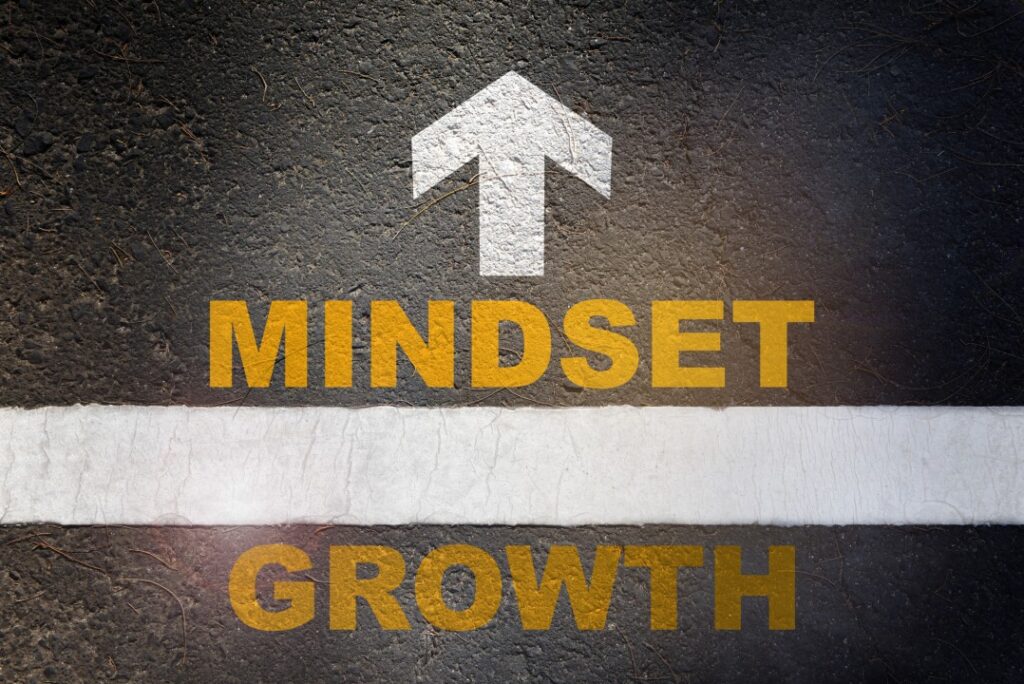Let’s face it; we have all been through a lot in the last few years, especially regarding team turnover, and sometimes it can be hard to distinguish fact from fiction. So why invest in a team if you are not sure that the team is stable? The argument that now is not the right time to spend money on team cohesion efforts overlooks several crucial factors that make such investments essential.
In this edition of the Transformation Times, we will explore how to quantify ROI, understand what investing in your team can do for your business, and discuss the common fears that hold most leaders back from investing in their teams.
Tracking the ROI of any business’s team cohesion program or course can be challenging, as some benefits are intangible and long-term. Here are six areas for you to consider when evaluating ROI.
Set Clear Objectives: Before investing in a team cohesion program or course, define specific objectives that align with the business’s goals. These objectives should be measurable and tied to desired outcomes. Clear objectives will provide a framework for evaluating the ROI.
Define Key Performance Indicators (KPIs): Determine the key metrics that will help assess the impact of the team cohesion initiative. KPIs can vary depending on the objectives and desired outcomes. Choose relevant, measurable KPIs that align with the objectives set.
Baseline Measurement: To gauge the impact of the team cohesion program or course, establish a baseline measurement of relevant metrics before the initiative occurs. This provides a starting point for comparison and helps quantify the changes or improvements resulting from the initiative.
Feedback and Surveys: Gather employee feedback through surveys or structured interviews before and after the team cohesion event or course. These feedback mechanisms can capture employees’ perceptions, attitudes, and behavior or work dynamics changes. Use qualitative and quantitative data to assess employee engagement, satisfaction, and the perceived impact of the initiative.
Performance Assessments: Incorporate assessments or evaluations into the team cohesion program or course. For example, conduct team-building exercises that require participants to collaborate on a project or solve a problem. Based on the results achieved during these exercises, assess the outcomes and improvements in teamwork, communication, problem-solving, or decision-making skills.
Cost Analysis: Compare the costs of the team cohesion event or course against the identified benefits and improvements. Consider planning, venue, materials, facilitators, and employee time investment expenses. Compare these costs against the tangible and intangible benefits gained, such as increased productivity, improved collaboration, reduced turnover, or enhanced employee satisfaction.
Considering these tangible ROI considerations, let’s discuss the fears that commonly prevent leaders from moving forward. I have selected three of the most common areas I have seen in leaders. I chose the word fears because the three examples below are subjective and emotionally based, whereas the above ROI discussion is quantitative and logically based.
Lack of Clarity: You need to understand your core challenges, and if you cannot focus on those, then spending the time and money with your team makes even more sense. Some are willing to spend money on such initiatives with evidence of the positive impact. However, the ROI is something that can be easily measured IF we know what our objectives are in the first place.
Fear of Ineffectiveness: There may be a perception among small business owners that team cohesion events or courses could be more effective in achieving their intended goals. They might worry that these activities could be seen as mere “fluff” or distractions without substantially improving teamwork or employee satisfaction.
Thinking There is a Lack of Immediate Need: Businesses with a relatively cohesive team or a positive work environment may perceive less urgency in investing in team cohesion events or courses. They might believe that their team is already functioning well and that the resources could be better utilized elsewhere.
Now that we understand how to quantify ROI and reduce our fears in our team, how can an investment in a team program benefit your organization?
Improved Communication and Collaboration: Team cohesion events or courses can enhance communication and collaboration among team members. This, in turn, can lead to increased productivity, efficiency, and the ability to work together more effectively. Improved teamwork can result in better problem-solving, decision-making, and coordination of tasks, ultimately benefiting the business’s overall performance.
Increased Employee Engagement and Satisfaction: Investing in team cohesion demonstrates a commitment to employee well-being and professional growth. Such initiatives can boost employee morale, job satisfaction, and engagement. Employees who feel valued and connected to their colleagues are more likely to be motivated, productive, and loyal to the business.
Reduced Conflict and Improved Conflict Resolution: By promoting understanding, trust, and positive relationships among team members, team cohesion initiatives can help reduce conflicts and enhance conflict resolution skills. This can create a harmonious work environment, minimizing disruptions and increasing efficiency.
Talent Retention and Attraction: Businesses prioritizing team cohesion and investing in their employees’ development are more likely to retain top talent and attract new skilled professionals. A positive work environment and opportunities for personal and professional growth are appealing factors for employees. This can reduce recruitment and training costs while ensuring a high-performing and committed workforce.
Positive Company Culture and Reputation: Team cohesion initiatives can contribute to building a positive company culture and reputation. A business that values teamwork, collaboration, and employee development can create a favorable image internally and externally. This can attract customers, clients, and partners who appreciate the business’s commitment to its employees and their collective effectiveness.
One last area to consider is post-event follow-up. This is a critical piece to reinforce the learning from the program or event. This is an essential element of ROI to assess the sustained impact over time. This can be done through surveys, focus groups, or one-on-one discussions. Tracking the long-term effects helps determine whether the benefits are temporary or have a lasting impact on team dynamics and performance.
I hope this edition of the Transformation Times will help you think of team investments differently, identify clear metrics and goals, and give you greater clarity when you decide to invest in your team.
My name is Martin Mendelson. I aim to help other professionals live more fulfilled lives by creating success via changes in mindset and embracing the science of positivity.
Want to learn more?
Click my name, follow + shoot me a message to connect.
Doc Martin



